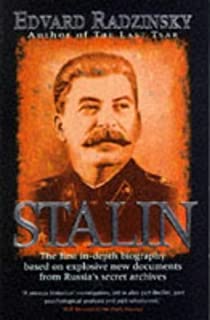Three
concerts in four days…
Despite
Spain’s rising number of coronavirus cases, concert halls are open. The
audiences wear masks, seat suitably distanced, regularly disinfect their hands,
have their temperatures checked and wait in an orderly fashion to be dismissed
at the end.
In
one of the more memorable musical evenings, part of ADDA Alicante’s contemporary
music festival, percussion group Amores with sopranos María Maciá, and Èlia
Casanova presented a programme of Stockhausen and Hildegard of Bingen. It’s not
often that works separated by 800 years are programmed side by side. And it is
even less likely they will connect with the narrative. Three plain song pieces
by Hildegard von Bingen were performed by Èlia Casanova and these were interposed
with ten of the Tierkreis, twelve zodiac pieces by Stockhausen. This constituted
thirteen pieces and so the concert was called Thirteen, Dreizehn.
Now
this number, with its connotations of bad luck, the devil and betrayal, seemed
to be significant in the concert’s narrative. As the evening progressed, a
transformation took place which, eventually, was seen not as a transformation
at all, merely a nuance of interpretation.
Assisted
occasionally by a synthesizer Èlia Casanova began by singing Hildegard‘s plainsong
on Christian texts. She wore white, though with a thin black veil, and
apparently sang from an open book of light. She also, just once, used a musical
box, which also served to remind the audience that the Stockhausen pieces were
originally written for that medium.
At
the end of Èlia Casanova’s first piece, María Maciá, dressed all in black,
appeared. It was clear from the very moment of her entry that that this is a
very different version of womanhood from the contemplative nun that was
Hildegard of Bingen. María Maciá then sang, alongside the percussion trio, four
of the ten chosen zodiac pieces. There followed another Hildgard plainchant,
three more Zodiac pieces, another plainchant and then the final three Zodiac
signs, the last one featuring both sopranos, united in their mutual transformation.
The
sung part of Stockhausen‘s music consisted of vocalized
seductive syllables and sounds associated with each astrological sign,
including in Pisces singing underwater! What you can probably see coming is
these two different versions of womanhood seemed to influence one another, transforming
the purity of Hildegard into something more earthy and earthly. This also
happened musically, as the last of the plainchant developed an accidental here or
there, adopted a rhythmic character and was thus transformed into a pop song, jazz
singing or even blues.
The
transformation was complete, both personal and musical, but the musical changes
had been minimal, reminding us of the fundamentally modal character of popular
music to this day. And so an unlikely juxtaposition made perfect narrative
sense.
The
two concerts of La Socieded de Conciertos de la Musica Clasica were structured
more conventionally. Violinist Joaquin Palomares led the International Chamber Group
in both concerts, but in different formats, a quartet which never actually
played as a quartet and an octet that behaved at times like an orchestra.
In
the quartet concert, we had the Sonata opus 3 no.4 for two violins of Leclair,
Beethoven’s Sonatensatz duo for viola and cello, the Madrigals of Martinu for
violin and viola and finally the Mozart Divertimento No1 K39b for string trio.
And
then on the Saturday we heard the octet in Elgar’s Serenade, Tchaikovsky’s
Nocturne for cello and orchestra, Ernest Bloch’s Prayer for the same grouping
and Piazzolla’s Tango Ballet.
The
evening was completed by a performance of Mendelssohn’s Octet which, as ever,
created its own space and time. Four days, three concerts and almost every work
in a different musical style.










